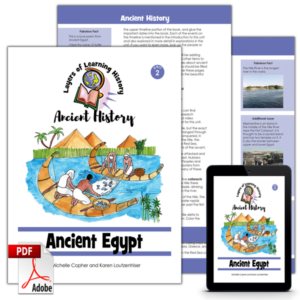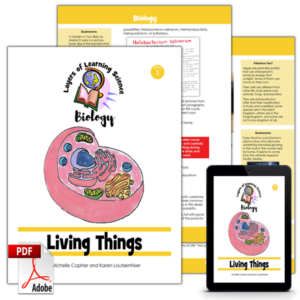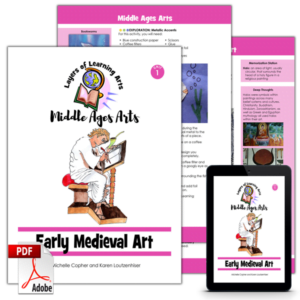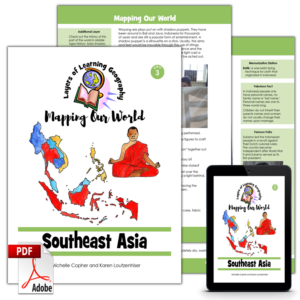Ecology is the seventh unit in the Biology course. In this unit you will learn about how animals and plants interact with the non-living environment and each other in complex relationships. It includes opportunities for designing your own experiments, paper crafts, field observation, and hands-on demonstrations of scientific principles.
This unit has sections on:
- Ecosystems
- Energy Flow
- Biological Communities
- Conservation
Learning By Doing
This is an activity based curriculum, where you learn by doing. Here are a few of the activities to choose from in this unit:
- Color a map of the major biomes on earth
- Make a tiny ecosystem in a pop bottle
- Play a target practice game with producers, consumers, and decomposers
- Cut, paste, and color an Antarctic food web
- Study and document the biological community in your own backyard
- Calculate and compare the biodiversity index for two locations
- Learn and practice methods of counting wild populations
- Color and craft a “Where Do Animals Go In Winter” wheel
- Notebook a page about Natural Resources with printables
- Plus much more!
Each Layers of Learning Science unit includes library lists of books, a family read-aloud suggestion, hands-on activities, printables and paper crafts, sidebars for extra learning, and tools to help you assess student’s progress and mastery. You can learn more about how Layers of Learning works in the Curriculum Guide. You may also want to purchase the Science Guidebook for even more information on how to teach and learn with Layers of Learning Science.
See Inside
Here is a two-page spread from Ecology:

There are many different activities, pintables, and games in each unit. You get to design your student’s learning by choosing your favorites and reading books and watching videos on the topics presented in the unit. On the double page spread above you can see an exploration for dissecting an owl pellet and one for learning about the orders of mammals.
The sidebars line the entire unit and help you take off on tangents, learn extra information, have deep discussions, coordinate with Writer’s Workshop, or find high interest books to hand to your child.
Flexibility
This unit was written to be used for a month but contains plenty of content for many more weeks of learning if you choose. This is a pick-and-choose curriculum, meant to be cycled back to in the future when your child is older. As such, it intentionally includes far more material than you can possibly cover in a month.
Ecology is also part of the overall Biology course, the second Year of the four year Layers of Learning Science cycle. If you use the program in order, it will take you through the four branches of science from Earth & Space to Biology to Chemistry to Physics in a logical progression where skills are learned and then practiced and used. However, each unit stands alone and can be used independently of any other unit and in any order.
Printable Pack
This unit comes with a downloadable Printable Pack that includes all the student worksheets. The printables can be copied as many times as needed for your family or class.
You can download the Printable Pack from your receipt or from your account at Layers of Learning.

Above, you see the cover and two of the Printable Pack pages. The middle page is a food chain printable where you fill in the missing animals with ones you pick. The sheet on the right is an Antarctic food web to complete. This printable pack includes 37 pages.
Extra Resources
This unit comes with extra weblinks and a YouTube video playlist on the Biology Resources page.





















Reviews
There are no reviews yet.